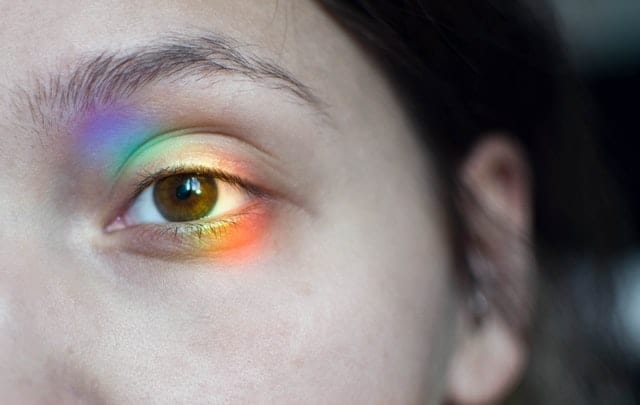Age-Related Macular Degeneration Month
What is Age-Related Macular Degeneration?
Commonly referred to as AMD, age-related macular degeneration is a retinal disease that more than 10 million Americans currently suffer from. It is by far the most common cause of blindness in adults over the age of 55. AMD begins with blurred vision and progresses over time to loss of the central area of your vision. Eventually, this blind spot spreads to the rest of a person’s version and causes total blindness.
Age-related macular degeneration has been primarily attributed to genetic disposition. Researchers have found several genes with direct links to AMD, which has led to major breakthroughs in easing the symptoms involved with the disease. Individuals with senior family members that have suffered from AMD should stay aware of any issues that develop with their vision, and should stay regular on their visits to their eye doctor. Other risk factors include diet, smoking, too much bright light, cardiovascular disease, and hypertension.
Early Symptoms
The first obvious symptom of AMD developing is blurred central vision. You may notice that your peripheral vision is still perfect, but objects you are attempting to focus on directly blur. If your entire vision is blurry you may be suffering from a number of other issues including Glaucoma, however, so you should still get checked out.
As AMD develops straight lines may begin to warp or distort, a great test for this is to look at a piece of wide-ruled notebook paper. If the lines don’t look entirely straight, you may be showing early signs of AMD. Over time the blurriness will begin to give way to true blind spots in your vision, and after complete loss of central vision; the rest of your vision will likely follow. It is important to note that if one eye is showing symptoms, the other eye is likely to follow.
Dry AMD
90% of all AMD cases are classified as dry AMD, thankfully it is the milder form of the two possibilities. Dry AMD is caused by a buildup of protein and fat deposits underneath the retina, it is nearly impossible to detect beyond following trends in vision loss over a long period of time. Dry AMD doesn’t commonly cause total vision loss, but it will absolutely make an individual’s vision noticeably worse and can lead to wet AMD.
Wet AMD
Wet AMD accounts for the other 10% of AMD cases. When suffering from wet AMD an individual’s macula is flooded with blood and fluid from abnormal blood vessels; hence the title “wet” AMD. If dry AMD is ignored, wet AMD is often the result. Wet AMD progresses very quickly and can cause substantial permanent vision loss if not treated in a timely manner.
Treating AMD
AMD is one of the most well-studied ocular diseases in existence. Which has led to some incredibly groundbreaking treatments that can help to prevent and reverse some of the damage done by this terrible disease. While reversing total blindness is beyond the scope of any existing treatments, getting out ahead of your AMD can often result in extremely positive results. The most common treatments involve regular ocular injections to halt the growth of blood vessels that commonly cause AMD. However, medications like the AREDS Formulation, EYLEA, Lucentis, and Avastin are growing increasingly popular as preventatives and symptom relievers.
Realistically, the most important aspect of avoiding potential vision loss related to AMD is to stay proactive. Like most age-related health issues, avoiding the problem altogether or catching it early can result in little to no long-term damage. The rule of thumb is that any time you feel your vision is shifting, visit your eye doctor. More often than not, major ocular issues aren’t visible to the naked eye.
Abacus Life Settlements functions as a leader in the secondary market for life insurance. Our primary mission: work to help you understand your financial options. If you decide selling all or a portion of your policy is right for you, we can offer to purchase it from you at fair market value. We will provide all the numbers and details to show you how we determined its value and our offer, and if you decide to accept our offer we will provide you a lump sum amount and then take on all future obligations for the policy, including premium payments.



